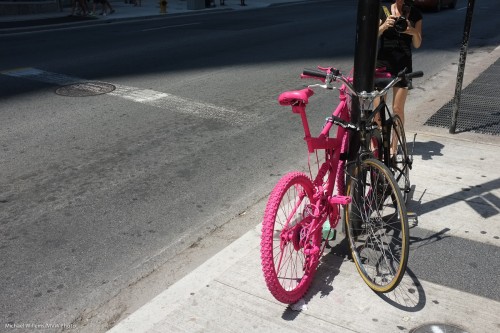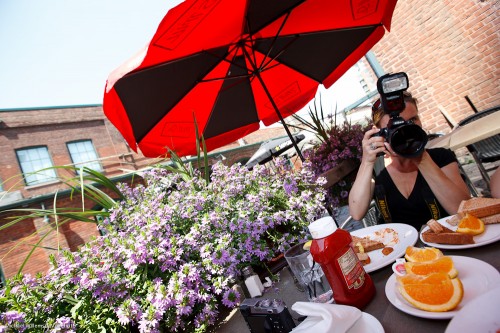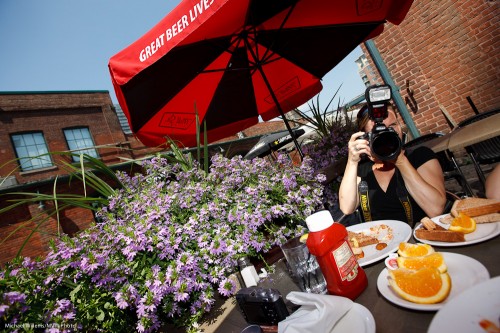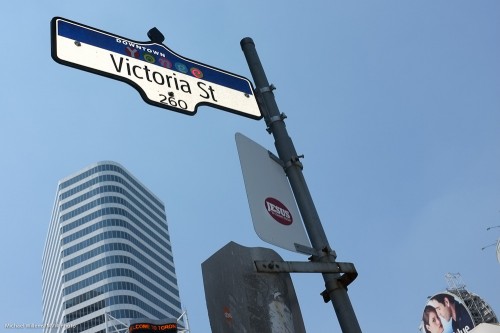Many of you have asked me to give a simple step-by-step instruction of how to balance light using flash. OK, so here we go.
Step one: the normal shot.
Say you are shooting outdoors. And the background is bright. So you get this shot:

1. Background too bright
OK for the foreground – but the background is too bright.
Step two: expose the background right
So you need to darken it. If, say, you are in Aperture mode, just use exposure compensation of, say, -1 to -2 stops. Now you get this:
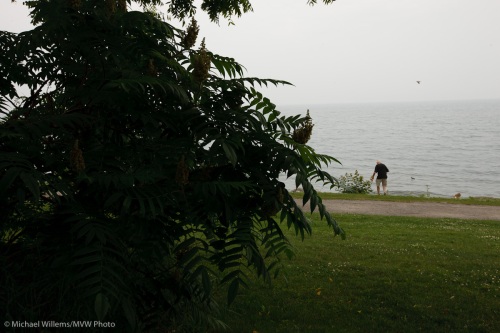
2. background ok, foreground too bright
Great, the lake is visible.
But now the foreground is too dark. So you need to brighten it.
Step three: expose the foreground with flash.
OK: turn on your flash. That gives you this:

3. Better, now with flash
Much better. If the foreground is too bright, use flash exposure compensation (not exposure compensation!) to darken the flash. Or if it is too dark, you are probably too far away – get closer or use higher ISO, if able.
If your shutter speed exceeds your flash sync speed (around 1/200th second), reduce it or use Auto FP Flash/High Speed Flash (in that case, get really close).
Now you can make shots like this:
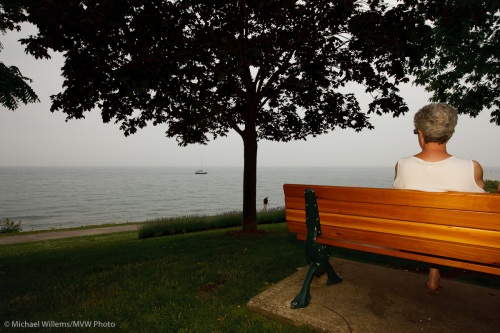
A Park Bench in Oakville shot with flash
(Can you also see the half CTO warming gel I used?)
And you can get more dramatic: here, I underexposed the background by two or more stops:

A Stop Sign in Oakville (Photo by Michael Willems)
Have fun!


